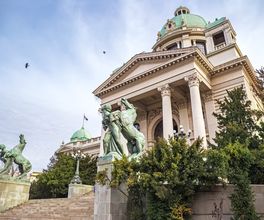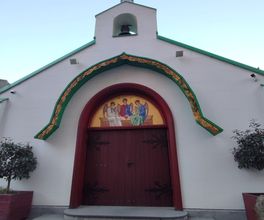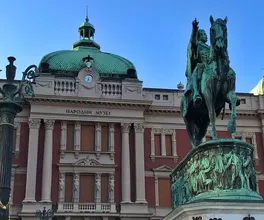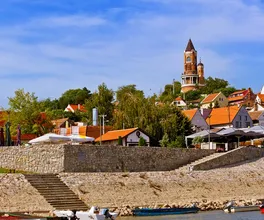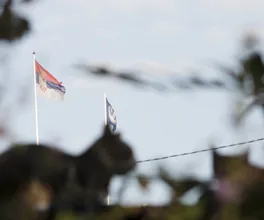

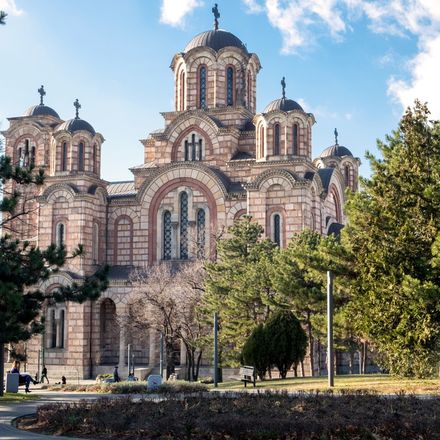


Personalized tour: Belgrade for insiders. White Army, Black Baron: in search of the 'Russian trace'
About this experience
After the Bolshevik Revolution, from 1 to 2 million people left Russia in three years. Up to one hundred thousand of them ended up in the Kingdom of Serbs, Croats, and Slovenes. For a country with a small population, this is quite a lot. And the Russian emigration left a very noticeable trace in Belgrade. Good or bad? Let's walk, observe, and understand.
What to expect
- Why did most Russian emigrants settle here?
- What are Nansen passports and why are they relevant today?
- How did Serbia decide on what even stronger countries dared not do - to host a professional partially armed army of another country?
We will figure it out. And at the same time, we will try to solve a difficult task together - how to place this very army in exile so that it accidentally does not overthrow anyone, seize anything, or die of hunger.
But first and foremost, we will talk about people - with different political views and social origins, education, and age. Together, we will try to look at Belgrade through the eyes of people who were forced to leave their homeland and found themselves in a completely foreign country. We will discuss:
- what surprised them
- how emigrants made a living
- how they entertained themselves, how they dressed, what they ate and drank
- what they argued about
- what conflicts arose with the locals
- and how each one on the eve of World War II solved the unsolvable moral dilemma: who is worse - fascists or communists?
We will, of course, look at all this from another angle - through the eyes of the locals. And finally, we will find out why Russian emigrants disappeared from Serbia and when it happened.
Walk through the most beautiful places in Belgrade
- We will meet you at St. Mark's Cathedral
- We will walk to the Russian church, where Baron Wrangel is buried
- Through the picturesque, formerly royal park, we will go in search of the 'Russian trace' in the city's architecture: you will see the Parliament of Serbia and the buildings of the post office, general staff, and ministries. We will talk about the contribution of Russian architects to the current appearance of Belgrade and why it is not entirely unambiguous.
- Our route will pass by palaces and the monument to Nicholas II. And this is a wonderful occasion to talk about the special relationships that connected royal dynasties.
- We will take a walk along the street where there used to be craft workshops, and now it is inhabited by designers.
- In the luxurious interiors of Hotel 'Moscow', we will have coffee and taste the cakes 'Moscow' and 'Aurora' according to a recipe half a century ago. And at the same time, we will take a look at Belgrade's high society.
- We will visit the National Theatre, where Russian ballerinas performed, and decorators, choreographers, and directors worked.
- You will get acquainted with the 'songs of the streets' and learn who should be remembered with kind words as soon as you hear choral singing in Serbia.
- You will see the Academy of Sciences and the University of Belgrade - we will talk about the destinies of scientist-emigrants.
- We will visit Gavrilo Princip Square and talk not only about the role of World War I but also about the role of chance in world history.
- And of course, you will visit many places where Russian emigrants walked a century ago, and now we walk.
This is a very information-packed tour. But we will definitely find time to have fun, eat deliciously, and laugh together. Because it is impossible without it in Serbia. Such a wonderful country! Come visit!
Organizational details
- Your tour will be conducted by one of the professional guides from our team
- Food and drinks are paid for separately
- Please note: the guide has the right to stop the tour if they deem that the traveler's words/actions offend him and the country of presence or violate the laws/traditions of the country of stay
